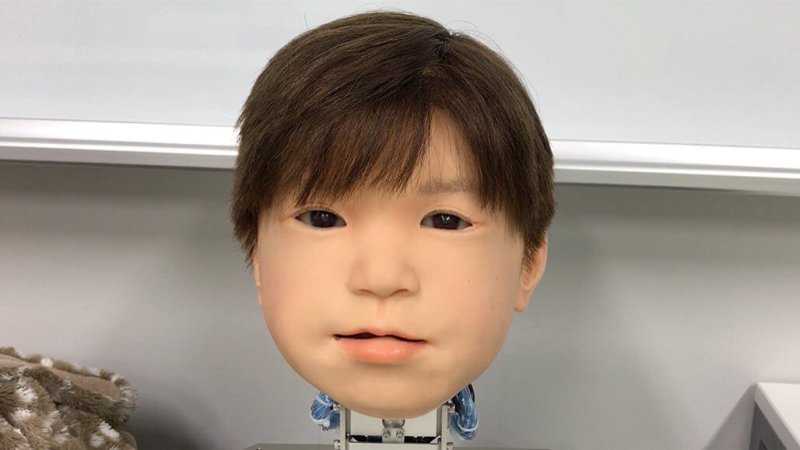Sensors embedded in soft, artificial skin that can detect both a gentle touch and a painful thump have been hooked up to a robot that can then signal emotions, Minoru Asada reported February 15 at the annual meeting of the American Association for the Advancement of Science. This artificial “pain nervous system,” as Asada calls it, may be a small building block for a machine that could ultimately experience pain (in a robotic sort of way). Such a feeling might also allow a robot to “empathize” with a human companion’s suffering.
…
But there is an important distinction between a robot that responds in a predictable way to a painful thump and a robot that’s capable of approximating an internal feeling, says Antonio Damasio, a neuroscientist also at the University of Southern California. In a recent article, he and Man argue that such an artificial sense of feeling might arise if robots were programmed to experience something akin to a mental state such as pain.
A robot with tactile sensors that can detect touch and pain is “along the lines of having a robot, for example, that smiles when you talk to it,” Damasio says. “It’s a device for communication of the machine to a human.”































